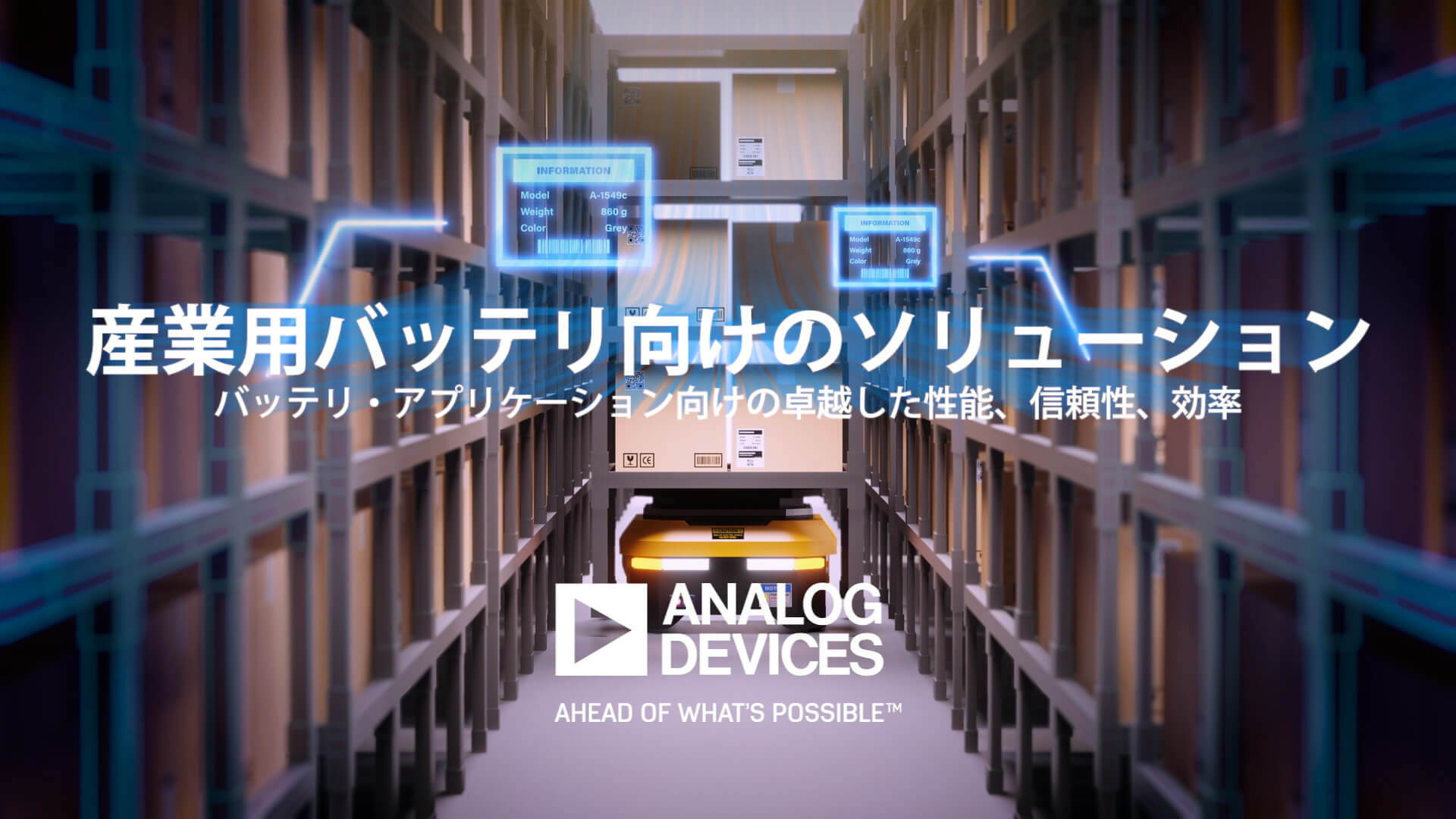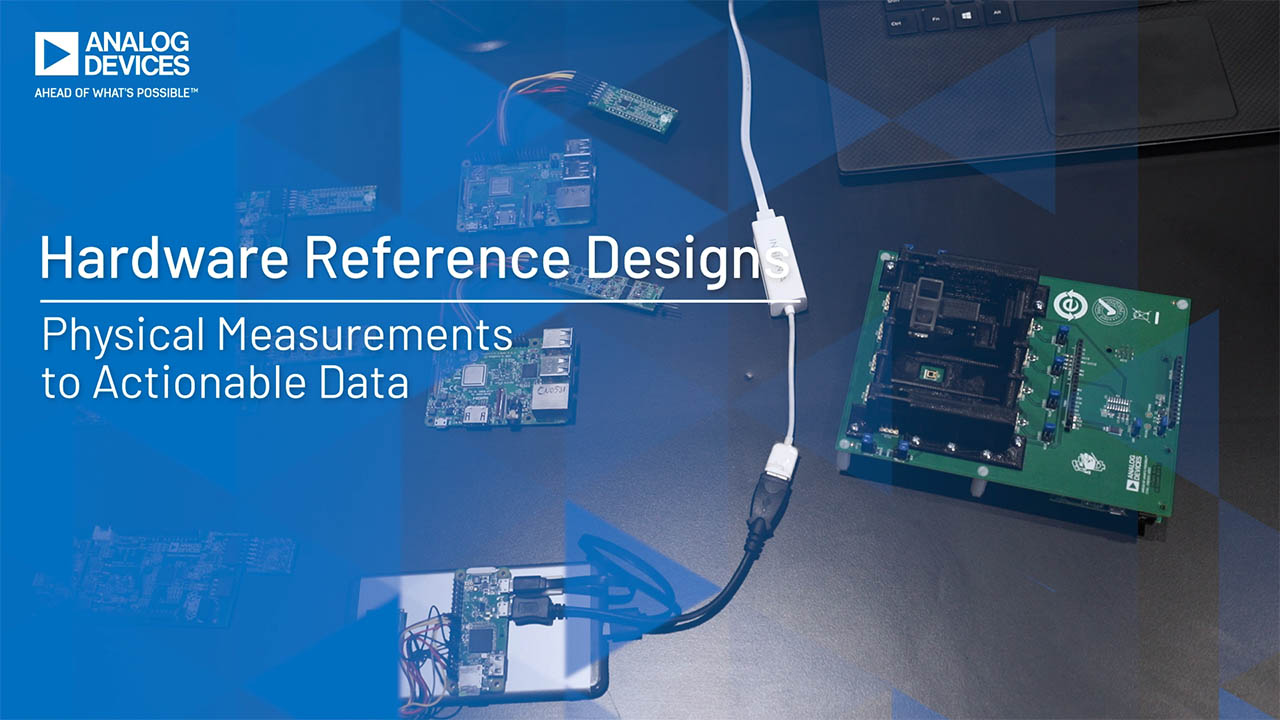Temperature Sensors

Temperature Sensors
Analog Devices offers highly accurate and reliable temperature sensors that provide both analog and digital outputs, making them suitable for industrial, communications, automotive, and digital healthcare applications. Our temperature sensors can interface with external sensors like thermocouples, RTDs, NTCs, and diodes. Temperature switches are available to activate outputs when specific temperature thresholds are reached. With measurement accuracy up to ±0.1°C across a broad temperature range, these sensors are NIST traceable and ready to use without needing extra signal conditioning or calibration. ADI offers various interfaces, including I2C, SPI, 1-Wire, and PWM for digital products, and current and voltage for analog products. Our temperature sensors come in diverse package options, and all undergo testing and calibration during production.
Analog Devices offers highly accurate and reliable temperature sensors that provide both analog and digital outputs, making them suitable for industrial, communications, automotive, and digital healthcare applications. Our temperature sensors can interface with external sensors like thermocouples, RTDs, NTCs, and diodes. Temperature switches are available to activate outputs when specific temperature thresholds are reached. With measurement accuracy up to ±0.1°C across a broad temperature range, these sensors are NIST traceable and ready to use without needing extra signal conditioning or calibration. ADI offers various interfaces, including I2C, SPI, 1-Wire, and PWM for digital products, and current and voltage for analog products. Our temperature sensors come in diverse package options, and all undergo testing and calibration during production.
{{modalTitle}}
{{modalDescription}}
{{dropdownTitle}}
- {{defaultSelectedText}} {{#each projectNames}}
- {{name}} {{/each}} {{#if newProjectText}}
-
{{newProjectText}}
{{/if}}
{{newProjectTitle}}
{{projectNameErrorText}}

















